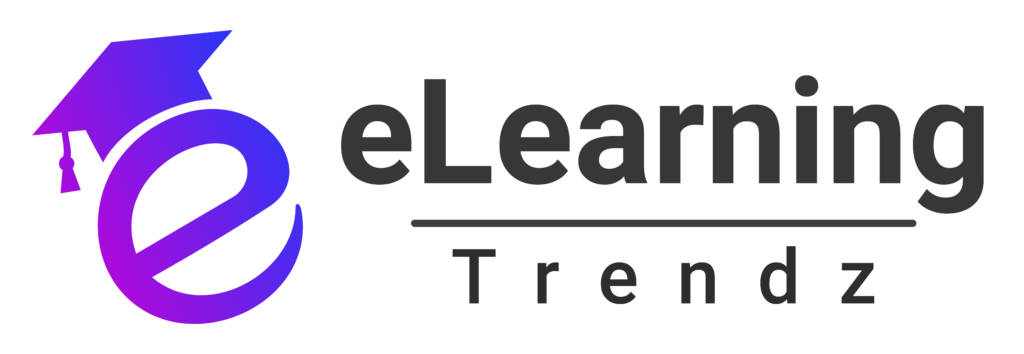AI has officially reshaped the way online courses are built—from ideation to delivery. What once demanded weeks of drafting, reviewing, and producing now happens in a fraction of the time, thanks to intelligent automation. For educators, training teams, and content creators, understanding how to use AI to create online courses is no longer optional—it’s a competitive advantage.
Below is a fresh, human-centered guide that walks you through the true impact of AI, real-world success stories, and a practical workflow you can apply today to build smarter, more interactive learning experiences
Why AI Is Changing the Course Creation Game
AI doesn’t replace the educator—it elevates their role. By taking over repetitive tasks, AI frees up creative and strategic energy so you can focus on delivering meaningful learning instead of formatting slides or manually drafting every quiz.
Here’s how AI enhances each phase of the journey:
1. Smarter Planning & Rapid Content Generation
AI supports the foundation of your course by helping you:
Identify learning outcomes from dense curriculum documents
Recommend lesson flows based on data patterns
Draft scripts, lesson summaries, and microlearning modules
Generate multimedia elements such as images or interactive prompts
Prepare quizzes, case studies, and assessments automatically
Large language models also simplify complex topics for multiple learner levels, improving clarity and retention across diverse audiences.
2. Personalized & Adaptive Learning Experiences
One of the biggest strengths of AI is its ability to tailor learning for every student:
Content difficulty adjusts dynamically
Learners receive personalized recommendations
Struggling students get extra support in real time
Pacing adapts to ensure better comprehension
This kind of adaptive behavior transforms one-size-fits-all courses into personalized learning journeys.
3. Responsible, Accessible, and Ethical Design
AI-driven learning must still protect learners.
This includes:
Transparent AI usage
Strong data privacy and security
Bias-free content generation
WCAG-compliant accessibility features
AI tools today can auto-generate transcripts, captions, alternative text, and assistive interfaces—ensuring inclusivity at every touchpoint.
Real Examples of AI-Powered Course Creation
Blue Carrot: 70+ Hours of Content in 4 Languages
The eLearning agency delivered multilingual content in record time by using AI for translation and localization—work that would normally take teams months.
Ardevaz School: Textbooks → AI Video Tutorials
By converting textbook material into AI-generated video avatar lessons, the school created engaging, on-demand learning support without intensive video production.
Marketing Course Development
AI helps instructors produce lesson plans, summaries, templates, examples, and industry scenarios. Educators then refine these drafts to reflect the fast-changing marketing landscape.
Your Step-By-Step Blueprint for Creating Courses With AI
Step 1: Select the Right Tools
Use AI tools based on the job:
Scripting & drafting: ChatGPT, Claude, Gemini
Visuals: Midjourney, DALL·E
Assessments: Quizlet AI, Kahoot AI, Testportal
Authoring: Paradiso Authoring Tool, Storyline, Captivate
Each tool fills a different piece of the creation puzzle.
Step 2: Build a Smooth AI-First Workflow
A well-structured workflow includes:
Draft → Review → Refine loops
Automated formatting and transcription
Content tagging and version tracking
Streamlined multimedia embedding
Collaborating efficiently with editors and SMEs
AI accelerates creation, but a strong workflow ensures quality.
Step 3: Connect Your Course With Your LMS
Integrate your AI-generated content into LMS platforms such as Paradiso LMS, Canvas, Moodle, TalentLMS, or others.
Many AI-assisted authoring tools directly support:
SCORM/AICC/xAPI exports
Real-time content updates
Automated grading and analytics
API-based integration for smooth deployment
Step 4: Keep Quality High With Human Oversight
Even the best AI needs review.
Focus on:
Accuracy and fact verification
Cultural sensitivity
Instructional flow
Assessment relevance
Engagement metrics
Measure success using completion rates, behavior analytics, and learner feedback through your LMS.
Scaling AI-Driven Training: A Look at Enterprise Impact
Case Study: Customer XPs — 40% More Training Efficiency
A global financial crime risk firm improved training outcomes by combining AI-created content with intelligent learning delivery. Their results included:
Personalized learning paths
Fully mobile access
Real-time analytics for skills tracking
Faster onboarding
Richer compliance training outcomes
This showcases how AI helps organizations maintain expertise across distributed teams with measurable improvements.
What Makes an AI-Powered Authoring Approach So Effective?
Modern authoring platforms come with capabilities designed for speed, scale, and learner engagement, such as:
Intelligent content recommendations
AI-generated quizzes, scenarios, and multimedia
SCORM-ready outputs for any LMS
Multilingual voiceovers for global reach
Automated transcripts and subtitles
Data-rich analytics to improve learning outcomes
These features take your course from a static content dump to an adaptive digital learning experience.
Final Takeaway
AI doesn’t just make course creation faster—it makes it smarter, more inclusive, and more aligned with learner needs. By blending human creativity with AI-driven efficiency, you can produce courses that truly resonate while saving hours of development time.
The future of eLearning belongs to creators who use AI thoughtfully. With the right tools, strategy, and human oversight, your next course can become a scalable, high-impact learning product built for today’s digital-first world.
















